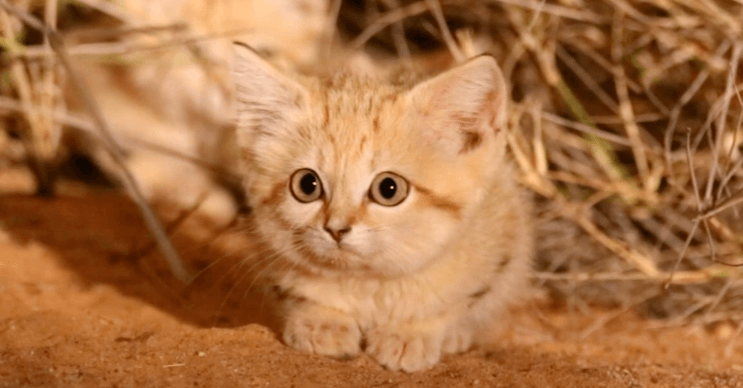Cute:8ht4wtxoogy= Sand Cat

Cute:8ht4wtxoogy= Sand Cat with its petite stature and endearing features, offers a unique study in adaptation and survival within arid environments. Its sandy coat not only enhances its charm but also serves a critical role in camouflage, allowing it to thrive as a nocturnal predator in the harsh desert landscape. However, beneath its appealing exterior lies a complex reality of ecological challenges and threats that jeopardize its existence. Understanding these dynamics raises important questions about conservation strategies and the future of this captivating species. What measures can be taken to ensure their continued survival in an ever-changing environment?
Physical Characteristics of Sand Cats
Sand cats, often referred to as desert felines, are uniquely adapted to thrive in harsh arid environments.
Their small size, typically comparing to that of a domestic cat, allows for agile movement across shifting sands.
The coat patterns, featuring a sandy hue with subtle stripes, provide effective camouflage against their environment, enhancing their stealth while hunting in the wild, contributing to their survival.
Habitat and Distribution
The habitat of the sand cat is primarily characterized by vast, arid landscapes, including deserts and semi-deserts, where it has established a remarkable presence.
This unique feline showcases exceptional desert adaptation, thriving in regions such as the Sahara and Arabian deserts.
Its ability to endure extreme temperatures and limited water sources exemplifies the resilience and ingenuity necessary for survival in such harsh environments.
Read Also Cute:8cy5tsbf6qs= Aphmau Wallpaper

Behavior and Diet
Adapted to the unforgiving desert environment, the sand cat exhibits fascinating behavioral traits and dietary habits that enhance its survival.
Its hunting techniques involve stealth and agility, allowing it to capture small mammals and birds efficiently.
While largely solitary, sand cats engage in social interactions during mating seasons, showcasing their adaptability and resilience in the wild, ensuring their place in the harsh desert ecosystem.
Conservation Status and Efforts
Facing growing threats from habitat loss and human encroachment, the conservation status of the sand cat is increasingly precarious.
Conservation challenges include diminishing desert ecosystems and illegal hunting.
Efforts aimed at habitat preservation, such as establishing protected areas and promoting awareness, are crucial for safeguarding this enchanting species.
Collaborative initiatives involving local communities can empower conservationists in their fight to protect the sand cat’s future.
Conclusion
In the vast, golden dunes where the sun sets in a blaze of orange, Cute:8ht4wtxoogy= Sand Cat, a delicate whisper of fur against the shifting sands. This enchanting creature embodies both beauty and resilience, yet its existence hangs in the balance due to habitat destruction and hunting. To preserve the mystique of this elusive feline and its desert home, concerted conservation efforts must continue, ensuring that the soft, silent paw prints remain etched in the sands of time.





